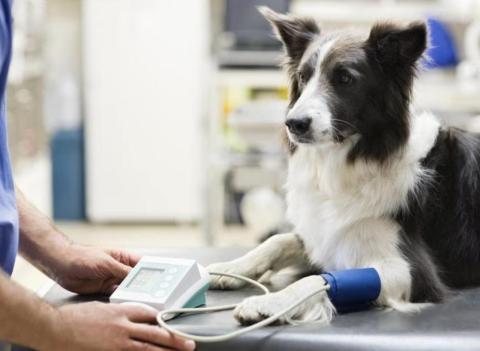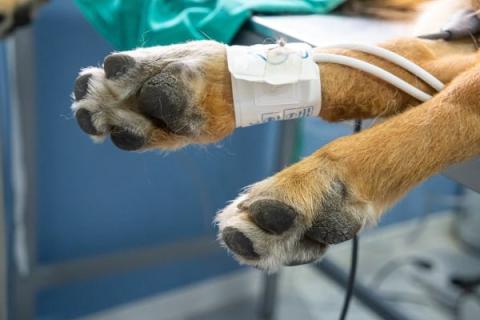
Published on March 17 by Julia
High blood pressure, or hypertension, is a condition that affects not only humans but also our canine companions. It often goes undetected until severe complications arise, making awareness of its signs and symptoms crucial for early detection and treatment. Here’s what you need to know about hypertension in dogs and how to recognize its warning signs.
Canine hypertension occurs when a dog’s blood pressure is persistently elevated beyond the normal range. This condition can be primary (without an underlying cause) or secondary (resulting from another health issue such as kidney disease, diabetes, or Cushing’s disease).

Since hypertension can develop gradually, its symptoms may not be immediately noticeable. However, here are the most common warning signs:
If you notice any of these symptoms, it’s essential to consult a veterinarian. Diagnosing hypertension in dogs involves measuring blood pressure with specialized equipment, similar to how it's done in humans. Your vet may also conduct blood tests, urinalysis, and imaging studies to identify underlying causes.

Treatment depends on whether the hypertension is primary or secondary. Management options may include:
High blood pressure in dogs is a serious condition that can lead to life-threatening complications if left untreated. By staying vigilant and recognizing early symptoms, you can help protect your furry friend’s health and well-being. Regular veterinary check-ups, a balanced diet, and an active lifestyle are key factors in preventing hypertension in dogs.
If you suspect your dog may have high blood pressure, don’t wait—consult your veterinarian as soon as possible for a proper diagnosis and treatment plan.
Discover More Content





